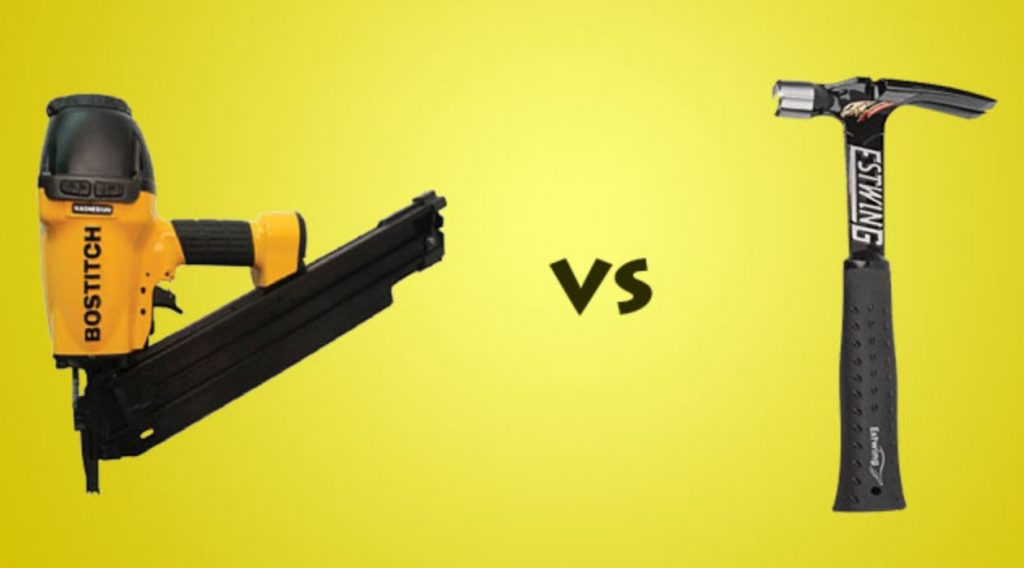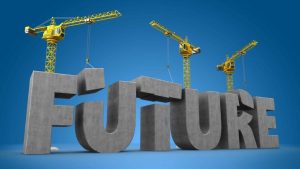Modular Construction: Bringing the Force Multiplier Effect to Home Building


The term “force multiplier” is originally a military term. In the broadest sense, a force multiplier is a tangible or intangible variable that increases the combat value and overall capability of a military force. Converting that to construction terms, a nail gun is a force multiplier. If a roofer can install five times as many shingles as he would have using a hammer, then the force multiplier is five. But why stop there? Installing that roof indoors in a factory amplifies the productivity value even more. Now, multiply that productivity increase across every aspect of home construction. That makes modular construction the ultimate force multiplier for home building.
Labor Issue versus Productivity Issue
In construction today, labor shortage is the term that is heard most often. There just aren’t enough people choosing construction as a career path. But it gets worse. With all of the technology and automation that exists and is available, construction is one of the few industries where individual worker productivity has languished in the U.S. Other countries construction workers have more productivity, however, it isn’t necessarily true that their work is more productive. Rather it is that the building systems that they use make their workers more productive.
According to all sources, we have a housing crisis in the U.S. today. We don’t have enough homes being built to support the population of the U.S. By some estimates, we need to build 400,000 more homes each year just to keep up. A foundational principle of macroeconomics is that if supply is low and demand is high that prices will rise. Affordable housing is critical today. Modular construction is a force multiplier. It can take the limited amount of construction labor available and multiply its effectiveness to build the homes we need today.
Making Construction a Manufacturing Process is a Force Multiplier
 Building onsite outside is hard. Too many things are out of control (e.g. rain and temperature) or are more difficult to control (e.g. availability of tools and the availability of materials). Building in scattered locations wastes time in travel and resources. Modular construction turns construction into a manufacturing process. Building in a factory is a force multiplier.
Building onsite outside is hard. Too many things are out of control (e.g. rain and temperature) or are more difficult to control (e.g. availability of tools and the availability of materials). Building in scattered locations wastes time in travel and resources. Modular construction turns construction into a manufacturing process. Building in a factory is a force multiplier.
Modular construction means concentrating up to 85% of many home’s construction in one location. A single factory can produce hundreds of homes per year. This means that tools aren’t moved. Materials are shipped to a single location to produce hundreds of homes. Workers are more productive and comfortable. Turning construction into a manufacturing process enhances home building in four ways: reduced cost, improved quality, faster construction, and improved safety. Here are overviews of each:
Reduce Costs: The more construction that is done in a controlled environment, the more efficient and productive it is. This leads to reduced costs which increase the value delivered in a home. Factories mean the use of automation which means utilizing special tools and the use of lean work processes. Sub-components and components can be built ahead of time and even at more efficient locations and delivered just in time (JIT) for producing a home. These changes allow workers to be more productive which increases efficiencies and reduces costs.
RELATED: MODULAR HOMES: WHEN YOU DON’T HAVE TIME TO THINK ABOUT QUALITY
Improve Quality: Factory construction means standardized processes. In the field, there are too many variables. Everything is different at each home site. Building indoors brings stability to the construction environment. A stable work environment is a basis for improvement. Processes are built with quality in mind, while assemblies are built with standardization in mind. It just makes sense that it’s easier to build a quality product when processes are solid and built with a common set of materials. The standardization of materials brings multiple benefits: a reduction in construction costs, fewer interface and tolerance issues, and greater certainty over outcomes.
Reduced Onsite Construction Schedules: Building in a factory away from the job site increases construction efficiency and productivity, enables better sequencing in construction processes, and reduces weather-related delays. In typical onsite construction, the process is the bottleneck. Everything has to happen in sequence. Building off-site means various aspect of the building is done simultaneously increasing timeframe efficiencies. Overall construction completion timeframes are drastically reduced.
Improves Safety: Construction projects can be dangerous. Uneven ground, damaged ladders, unprotected stairways, etc. The list is almost endless. Building indoors means safety is built into the system. Processes are designed so that workers are protected. Building indoors in a factory environment means workers are safer and more comfortable leading to even better productivity.
Modular Doesn’t Mean Building Houses with Robots, Yet…
 A typical modular factory takes advantage of building indoors. But building in a factory doesn’t mean building with robots. Most factories take full advantage of assembly line manufacturing. A module of a home under construction moves to the tools at each station, versus bringing the tools to the module. Walls, floors, and ceilings are built on jigs as assemblies to ensure they are square and level and then assembled on the main production line.
A typical modular factory takes advantage of building indoors. But building in a factory doesn’t mean building with robots. Most factories take full advantage of assembly line manufacturing. A module of a home under construction moves to the tools at each station, versus bringing the tools to the module. Walls, floors, and ceilings are built on jigs as assemblies to ensure they are square and level and then assembled on the main production line.
While building in a factory has acted as a force multiplier to improve the efficiency and quality of construction most factories haven’t gone to full automation. In the coming years that will be changing. Factories won’t automate to replace workers. Factories are also struggling to keep enough workers to fill home orders. Factories will automate to increase worker productivity and enhance product quality. This means homes will be produced at a better value and a higher number of homes can be produced using the same amount of workers already employed. Factories are being pushed to multiply their force multiplier.
The Advanced Modular Off-Site Solution
One of the biggest barriers to change and transformation in the construction industry isn’t technology – it’s the mindset. Building the way building has been done for 200 years is ingrained in the process. To increase productivity builders will need to adopt new processes to take advantage of factory construction. For home buyers, its learning about the advantages of using modular construction to build new homes. It’s seeing that beautiful homes created by architects and designers can be built using modular construction. It also means using the internet to research how homes built indoors are built stronger meaning families are safer and that modular homes are healthier to live in. Getting people to embrace new ways of thinking and doing work differently is always one of the most challenging aspects of change.
Off-site construction is not something we just dabble in. The Advanced Modular Off-Site Solution from Impresa Modular means embracing a completely new way to build. It is an entirely different building philosophy. The modular method of construction is the ultimate force multiplier!
The post Modular Construction: Bringing the Force Multiplier Effect to Home Building appeared first on Impresa Modular.




